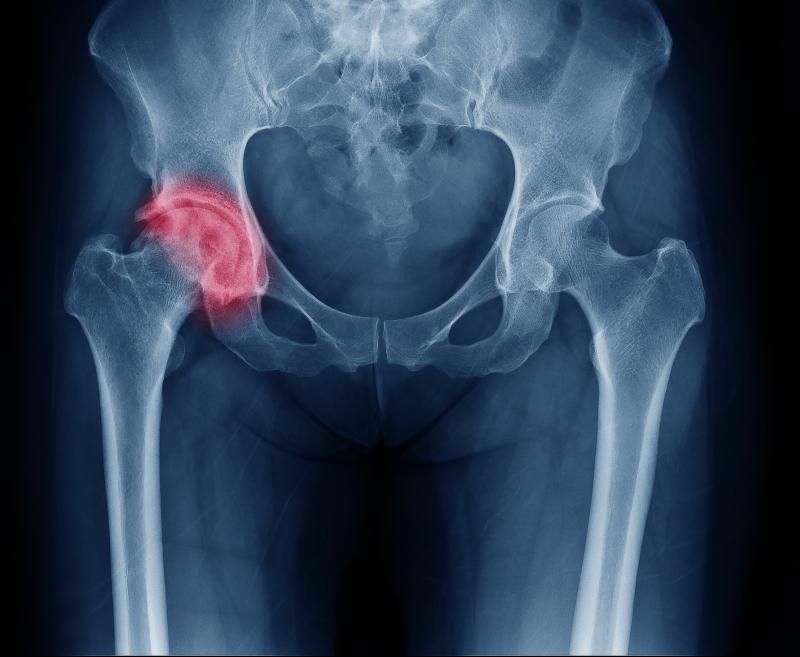
Major fractures (MFs) are prevalent in dialysis patients and appear to be strongly related to heightened risk of death, a study reports.
The analysis included 9,714 incident dialysis patients (mean age, 68 years; 67 percent men). Researchers examined the incidence, predictors and clinical outcomes associated with first MFfirst (in hip, spine, humerus and forearm) occurring after initiation of dialysis using flexible parametric hazard models, Fine-Gray and time-dependent analyses.
Over a median follow-up of 2.2 years, a total of 835 MFfirst and 470 hip fractures occurred. The crude incidence rates were 23.7 and 13.3 per 1,000 patient-years, respectively. The multivariate-adjusted fracture incidence rates showed a gradual increase after dialysis initiation and were higher by 47 percent in women.
Significant factors associated with increased MFfirst risk included female sex, higher age, comorbidity and previous history of MF, whereas peritoneal dialysis (vs haemodialysis) exerted a protective effect.
The adjusted fracture incidence rate of MFfirst during the first 90 days following dialysis initiation was higher in patients with vs without previous history of MF.
MFfirst emerged as an independent predictor of increased mortality both from all-cause (sub-distribution hazard ratio [SHR], 1.67, 95 percent confidence interval [CI], 1.47–1.91) and cardiovascular disease (SHR, 1.49, 95 percent CI, 1.22–1.84).
Adjusted mortality rate was higher following hip fractures than other types of MF. Mortality following MFfirst was highest during the first 6 months of follow-up, as indicated in spline curves.